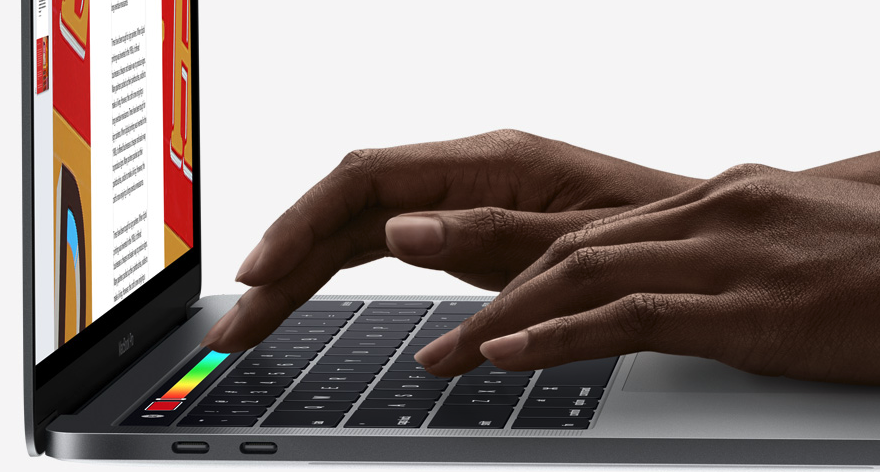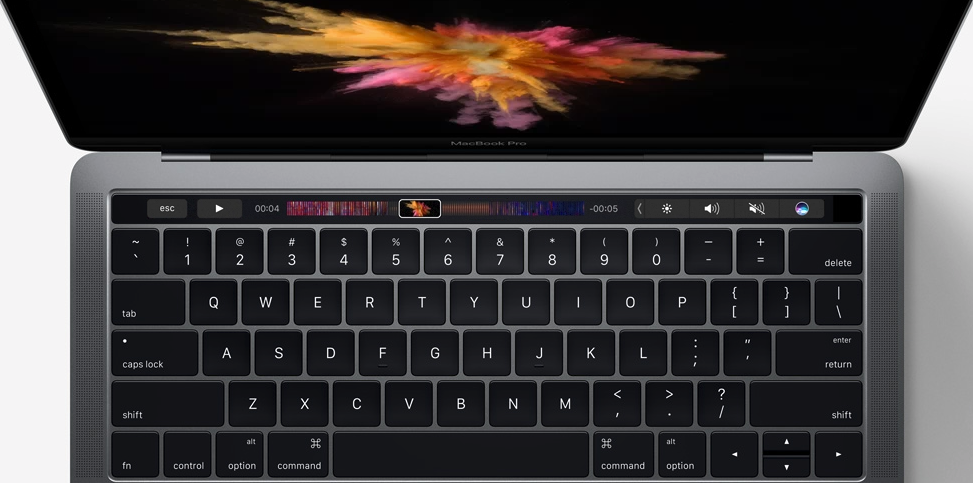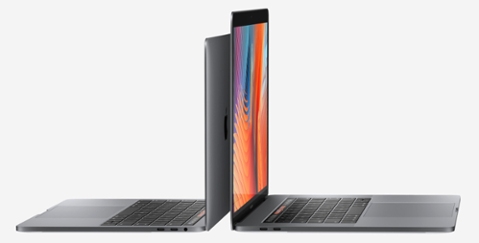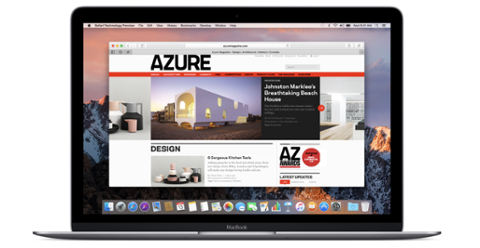[caption id="attachment_137961" align="aligncenter" width="880"]

MacBook Pro Touch Bar[/caption] Though Apple routinely says a touchscreen Mac would be a bad idea, it turns out the company has tested the technology for both MacBooks and the iMac. In a new
interview, Apple executive Phil Schiller suggested the company experimented with touchscreen computers for a few years before settling on the Touch Bar as a happy medium. He also noted that the company's original belief, that touchscreen computers were a bad choice, was validated by the process:
Our instincts were that it didn't, but what the heck, we could be wrong—so our teams worked on that for a number of times over the years. We’ve absolutely come away with the belief that it isn't the right thing to do. Our instincts were correct.
Schiller added that you can’t really have a touchscreen MacBook Pro without making that technology available to the rest of the lineup. “Can you imagine a 27-inch iMac where you have to reach over the air to try to touch and do things? That becomes absurd,” he said. “You can’t optimize for both. It’s the lowest common denominator thinking.” This echoes similar sentiment from Apple’s design boss, Jony Ive. In an interview with
CNET earlier this year, Ive noted that touchscreen computers were tricky:
When we were exploring multitouch many, many years ago, we were trying to understand the appropriate application and opportunities for [it]. We just didn’t feel that [the Mac] was the right place for that... It wasn’t particularly useful or an appropriate application of multitouch.
[caption id="attachment_138285" align="aligncenter" width="973"]

Touch Bar[/caption]
MacBook Touch Bar Meant for ‘Part-Time’ Use
Schiller conceded that the Touch Bar wasn’t for full-time interaction, referring to it as “a part-time touch experience.” That's a similar philosophy to Force Touch, which made its way to Apple’s MacBooks and Magic Trackpad last year. Like 3D Touch on iPhones and iPads, Force Touch lets users press firmly to get contextual information, such as a business's open hours via a card on Apple Maps. And like Force Touch, the Touch Bar is useful in spurts. It can do some iOS-like things such as suggest words in Pages; but you’re not going to type an entire document with predictive text. It also suffers from support: currently, only Apple and a limited number of third-party developers leverage Touch Bar. On a personal note, I can say that I rarely used the touchscreen that came as part of the Chromebook Pixel years ago. It was a novel feature, but not critical or thought-provoking for apps or websites; I ended up using the keyboard and trackpad far more than the touchscreen. Eventually, I stopped using the Pixel. That emphasis on a "part-time experience" is also what makes the Touch Bar interesting. That happy medium might prove a winning proposition, or it could be an annoyance when you reach for function keys while in an app (you can toggle them on at any time, but it’s going to take a bit of getting used to). Touch is a mobile-device feature in Apple’s ecosystem; Schiller notes the company's experience with developing the iPhone and iPad helped when conceiving the Mac Touch Bar. “The thought and vision from the very beginning was not at all, ‘How do we put iOS in the Mac?’" he said. "It was entirely, ‘How to you use the [iOS] technology to make a better Mac experience?’” The world is about to find out.
 MacBook Pro Touch Bar[/caption] Though Apple routinely says a touchscreen Mac would be a bad idea, it turns out the company has tested the technology for both MacBooks and the iMac. In a new interview, Apple executive Phil Schiller suggested the company experimented with touchscreen computers for a few years before settling on the Touch Bar as a happy medium. He also noted that the company's original belief, that touchscreen computers were a bad choice, was validated by the process:
MacBook Pro Touch Bar[/caption] Though Apple routinely says a touchscreen Mac would be a bad idea, it turns out the company has tested the technology for both MacBooks and the iMac. In a new interview, Apple executive Phil Schiller suggested the company experimented with touchscreen computers for a few years before settling on the Touch Bar as a happy medium. He also noted that the company's original belief, that touchscreen computers were a bad choice, was validated by the process:
 Touch Bar[/caption]
Touch Bar[/caption]



